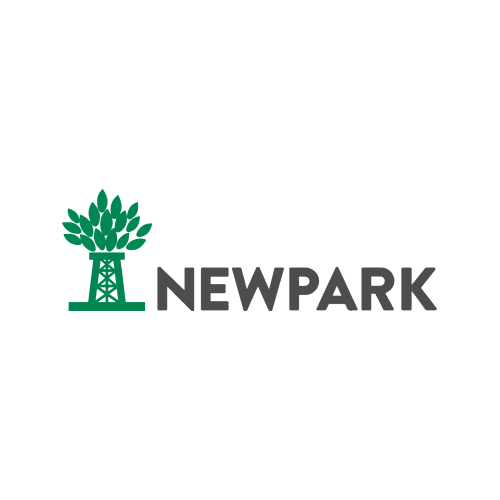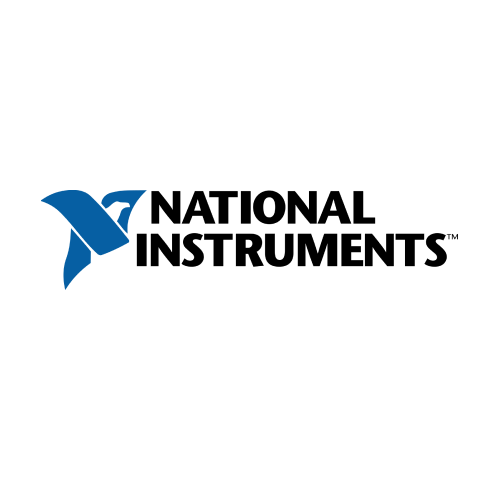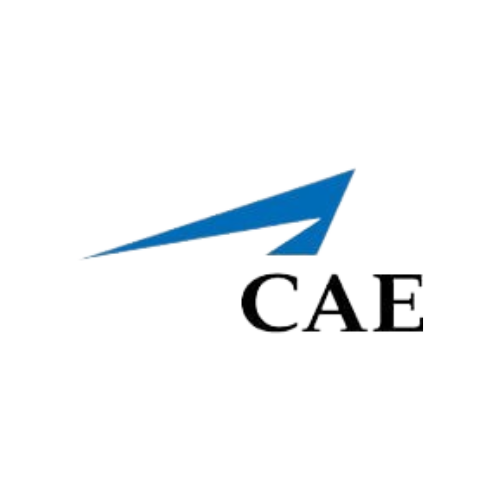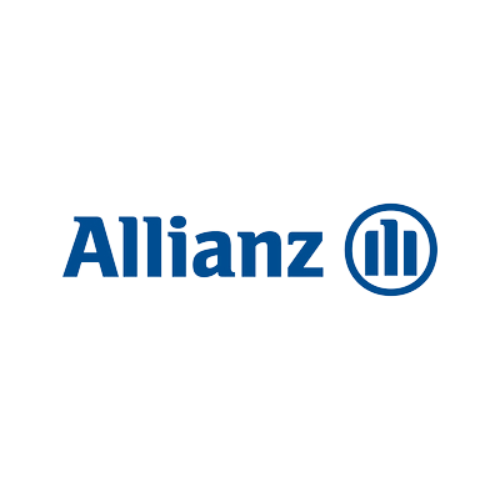Python frameworks are powerful tools for building robust web applications. Explore the top picks for 2023 in this comprehensive guide.
More...
I have put together a list of the well-known Python frameworks for you. I think this list is short, clear, and gives you enough information to be very useful to you.
Differenct Types of Python Frameworks
Python frameworks are sets of pre-written code that provide a base for tailored development. They automate routine tasks, making your coding process smoother and more efficient. By using a Python framework, you can concentrate on your project's unique features, reducing redundancy.
These frameworks fall into three categories. Let's see the types of frameworks.
- 1Full-stack frameworks: These offer comprehensive support for various application aspects, such as form creation and database management.
- 2Micro frameworks: While they provide less built-in support, they shine in simplicity and customization potential.
- 3Asynchronous frameworks: These are optimal for managing multiple connections simultaneously, perfect for real-time applications like chat systems.
Given the plethora of Python frameworks available, selecting one might seem daunting. To simplify your decision, we've compiled a list of the top Python frameworks for 2023, highlighting their key advantages and applications. Dive into the world of Python frameworks and discover the ideal toolkit for your upcoming project!
The Popularity Of Python
The popularity of Python among other programming languages is shown by the TIOBE index, which is a trusted indicator of the popularity of programming languages. As you can see, Python is increasing rapidly.

Python Frameworks List - 2023
As you delve into the world of Python, you'll find a plethora of frameworks that can help you accelerate your programming tasks in 2023. But how do you choose the right one? To aid your decision-making process, let's consider some of the most popular Python frameworks currently making waves in the development community.

Django
Django is a premier Python framework known for its rapid development capabilities and clean, pragmatic design. Crafted by seasoned developers, Django simplifies the web development process, allowing you to concentrate on creating your application without redundant effort. Notably, it's free and open-source.
In 2023, Django stands out among Python web frameworks with an impressive 62.5% market share, making it the preferred choice for numerous developers.

Flask
Flask is a micro-framework that's beginner-friendly. While Django offers built-in features like form validation and a database abstraction layer, Flask adopts a minimalistic approach. If you're looking for a lightweight framework and an adaptable one, Flask is a prime choice.
In 2023, Flask has established itself as the second most popular Python development framework, holding a 22.3% market share.
Pyramid
Pyramid is a notable choice for developing applications, excelling in both small and large-scale projects. It's designed for scalability and flexibility.
In 2023, 8.2% of Python developers prefer Pyramid, a testament to its effectiveness.
Web2py
Web2py is a notable full-stack framework equipped with a code editor, debugger, and deployment tool. It requires no configuration or installation, making it ideal for rapid development.
dditionally, it boasts numerous useful features. Having introduced these prominent Python frameworks, let's now compare them.
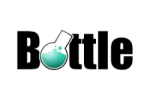
Bottle
Bottle is a compact yet robust web framework designed for swift and straightforward web app development. Though it's termed a microframework - indicative of its minimal footprint - its capabilities are anything but limited. Constructed as a single file, Bottle is optimized for smaller web projects, offering features like routing, a template engine, and foundational WSGI standard abstractions.
Its hallmark is its simplicity combined with versatility, truly embodying the "less is more" philosophy. The framework stands alone, reliant only on the Python Standard Library. This independence makes it perfect for developers seeking to build applications without the complexities of larger frameworks.
Notably, 2.5% of Python developers choose Bottle as their preferred framework.

CherryPy
CherryPy is a streamlined Python web framework that offers powerful capabilities within its simple design. In 2023, it remains a top choice for developers seeking to build web applications efficiently, emphasizing application development over complexities.
Despite the plethora of intricate Python web frameworks available, CherryPy's simplicity and direct approach make it stand out. Embracing the principle "Everything is an object," CherryPy allows developers to use native Python, minimizing the learning curve.
Python Frameworks for Beginners
Python frameworks provide a standardized approach to building and deploying applications. They come with a wide range of tools and libraries that simplify common development tasks.
There are several Python frameworks available for different purposes. Some popular ones are Django, Flask, and Pyramid.

Django is a Python framework that allows for quick web application development. It offers features like an automated admin interface, object-relational mapping, and a template system.

Flask is a lightweight Python microframework for small web applications. It is easy to set up and use, and it includes features like request dispatching, URL routing, and template engines.
Pyramid is a Python web framework suitable for building large and complex web applications. It offers features like URL generation, traversal, and request validation.
The choice of which Python framework to use depends on the project requirements. For beginners, Flask may be a good starting point, while Django is suitable for projects that require more extensive features.
If you're searching for a Python framework for your next project, explore the available options and select the one that best fits your needs.
Python Frameworks for Web Development
Python is a versatile language that is widely used for developing various applications, including web apps. This section highlights some of the top Python frameworks for web development.

Django is a popular Python framework that enables fast development of robust web applications. It comes with built-in features such as an ORM system and a template engine. Django also benefits from strong community support and extensive documentation.

Flask is another well-known Python framework. It's a lightweight microframework that lacks many default features but can be extended using third-party extensions. Flask offers greater control over application structure.
Pyramid is a versatile Python framework suitable for both small and large-scale web development projects. It supports features like URL dispatch and templating. Pyramid is customizable and easily extendable.
There are numerous other Python frameworks for web development, allowing you to choose the one that best meets your requirements. Python simplifies the development of powerful and efficient web applications.
Python Frameworks for Data Science
Python is a popular high-level interpreted language known for its readability and ease of use. It's widely used in data science and machine learning due to the availability of modules and libraries. In this blog post, we'll explore some of the most popular Python frameworks for data science.

Pandas is a widely-used Python library for data science. It provides high-performance data structures and tools for data analysis, including data wrangling, exploratory data analysis, and visualizations.

Scikit-learn is another popular Python framework for data science. It offers a range of machine learning algorithms for tasks like predictive modeling and classification.

NumPy is a popular Python library for numerical computation and linear algebra in data science. It simplifies tasks such as data wrangling, numerical computations, and scientific computing.
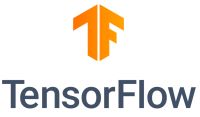
TensorFlow is a Python library for deep learning. It is widely used for creating neural networks and training machine learning models.
These Python frameworks for Data Science are just a few examples. Python's popularity in this field is due to its ease of use and the wealth of modules and libraries available.
Python Frameworks for Machine Learning
Python is a popular programming language for various applications, including machine learning. There are several Python frameworks that facilitate the building and training of models. In this blog post, we'll explore some of the most popular ones.

TensorFlow is a widely-used open-source platform developed by Google for machine learning. It allows developers to create and train models using Python and other programming languages.
Keras is a high-level deep learning library built on top of TensorFlow. It simplifies the creation and training of deep learning models with its modular interface.
PyTorch is an open-source deep learning platform based on the Torch library. It offers flexibility in model creation and training of deep learning models using Python and other programming languages.
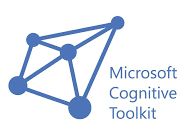
Microsoft Cognitive Toolkit (CNTK) is another deep learning platform compatible with Python. Developed by Microsoft, it enables the creation and training of deep learning models.
Other notable Python frameworks for machine learning include Theano, MXNet, and Chainer. Each framework has its own strengths and weaknesses, so it's important to carefully choose the one that fits your needs.
In conclusion, there are several Python frameworks available for machine learning. Each framework has its unique features and purposes. Select the framework that best suits your requirements.
Python Frameworks for Backend Development
There are different Python frameworks available, each with its own strengths and weaknesses. In this section, we will discuss some popular Python frameworks for backend development.

Django is a full-stack Python framework that provides everything needed to build web applications. It includes features such as an ORM, a powerful admin panel, and a built-in development server. Django is highly scalable, making it suitable for large-scale web applications.

Flask is a lightweight microframework that is less feature-rich compared to Django. However, it is lightweight and easy to learn, making it a good choice for small-scale web applications or quick projects.
Pyramid is another full-stack Python framework that falls between Django and Flask in terms of features and complexity. It suits both large and complex web applications as well as smaller projects.
Web2py is a full-stack framework that includes an integrated development server, a web-based IDE, and various database adapters. It is user-friendly and offers features like form validation and ORM.
Tornado is a Python framework focused on speed and scalability. It is used by major websites and supports real-time applications such as chatbots and dashboards.
The choice of Python framework depends on your specific needs and preferences. Django or Pyramid may be suitable for full-featured complex web applications, Flask or Web2py for simpler projects, and Tornado for speed and scalability.
Python Frameworks for Fintech Development
Python is a versatile language that can be used for a wide range of applications, including fintech development. In this section, we will explore some of the top Python frameworks specifically suited for fintech development.
Before diving into the frameworks, let's first define fintech. Short for financial technology, fintech refers to any technology used to deliver financial services. This can include mobile apps, payments platforms, investing and trading platforms, and more.
Now, let's take a closer look at some of the best Python frameworks for fintech development.

Django is particularly well-suited for fintech development due to its excellent security features. It has a built-in security system that helps protect sensitive financial data from attacks. Additionally, Django is highly scalable, making it capable of handling the demands of fintech applications.

Flask is another popular Python framework often chosen for fintech development. It is a lightweight microframework, which means it is minimalistic and easy to use. Flask is a great option for beginners as it has a simple and straightforward syntax. It offers excellent support for SQL databases, which are commonly used for storing financial data. Flask also includes a built-in debugger, which is helpful during the development process.
Pyramid is user-friendly and easy to learn, with a simple syntax that allows for quick setup and implementation. It also provides useful features for fintech development, including support for SQL databases and a built-in debugger.
In conclusion, Django, Flask, and Pyramid are three of the top Python frameworks for fintech development. Each framework has its own strengths and features that make it suitable for building fintech applications. Consider your specific requirements and choose the framework that best aligns with your project needs.
Are there any new Python frameworks that have emerged in 2023?
Indeed, 2023 has brought us a couple of fresh Python frameworks sparking interest among developers. When it comes to innovation in Python, there's never a dull moment. Let's explore these new arrivals that are making their mark.
1. PyDazzle
PyDazzle is a new and exciting Python framework that is gaining attention for its simplicity and power. It's perfect for those who are just starting out in Python but want to hit the ground running.
2. SerpentWire
Next on the list is SerpentWire. It's a high-performing, robust Python framework suitable for building complex web applications. SerpentWire brings top-tier performance to the table, and its flexible nature allows for seamless integration with other Python tools.
3. PythonBeacon
PythonBeacon, the third new Python framework of 2023, is designed for big data analytics. This framework makes it easier to process and analyze large volumes of data while maintaining high performance.
Guide to Choosing the Right Python Framework
1. Define Your Project’s Goals and Scope
- 1Begin by clearly outlining the primary objectives and functionalities of your project.
- 2Determine if your project is a web application, a real-time application like a chat system, or something entirely different.
2. Understand Framework Types
- 1Familiarize yourself with the three primary categories of Python frameworks: full-stack, micro, and asynchronous.
- 2Consider which category aligns best with your project's goals.
3. Evaluate Scalability Needs
- 1Determine if your project will need to handle a growing number of users or data over time.
- 2Opt for frameworks known for scalability if growth is anticipated.
4. Assess Flexibility and Customization
- 1If your project requires a lot of customization, consider micro frameworks that allow more flexibility.
- 2If you prefer more built-in functionalities, a full-stack framework might be more suitable.
5. Research Community Support
- 1A strong community can be invaluable for troubleshooting and getting questions answered.
- 2Check forums, online communities, and GitHub repositories to gauge the activeness and helpfulness of the framework's community.
6. Consider Learning Curve
- 1If you're new to Python or web development, some frameworks may be more beginner-friendly than others.
- 2Review documentation, tutorials, and online courses available for each framework to determine which one you'd be comfortable learning.
7. Review Security Features
- 1If your project handles sensitive data, prioritize frameworks with robust security features and a good track record of addressing vulnerabilities.
8. Test a Few Frameworks
- 1Once you've shortlisted a few frameworks, spend some time testing each. Create a small prototype or a 'Hello World' application.
- 2Evaluate your experience in terms of ease of setup, documentation clarity, and overall development flow.
What's Next?
I hope you enjoyed our blog post about Python frameworks.
If you need Python developers for your project, don't hesitate. Contact us and we will help you with our remote Python developers. Specify your requirements, define which of the Python frameworks your project needs and you will introduce our senior Python developers to you within 3-10 business days.
Pay only for approved engineering days, at the agreed daily rate, and work with our us!
ASK FOR OFFER
IF YOU NEED REMOTE PYTHON DEVELOPERS
We've Already Earned The Trust Of Global Businesses



